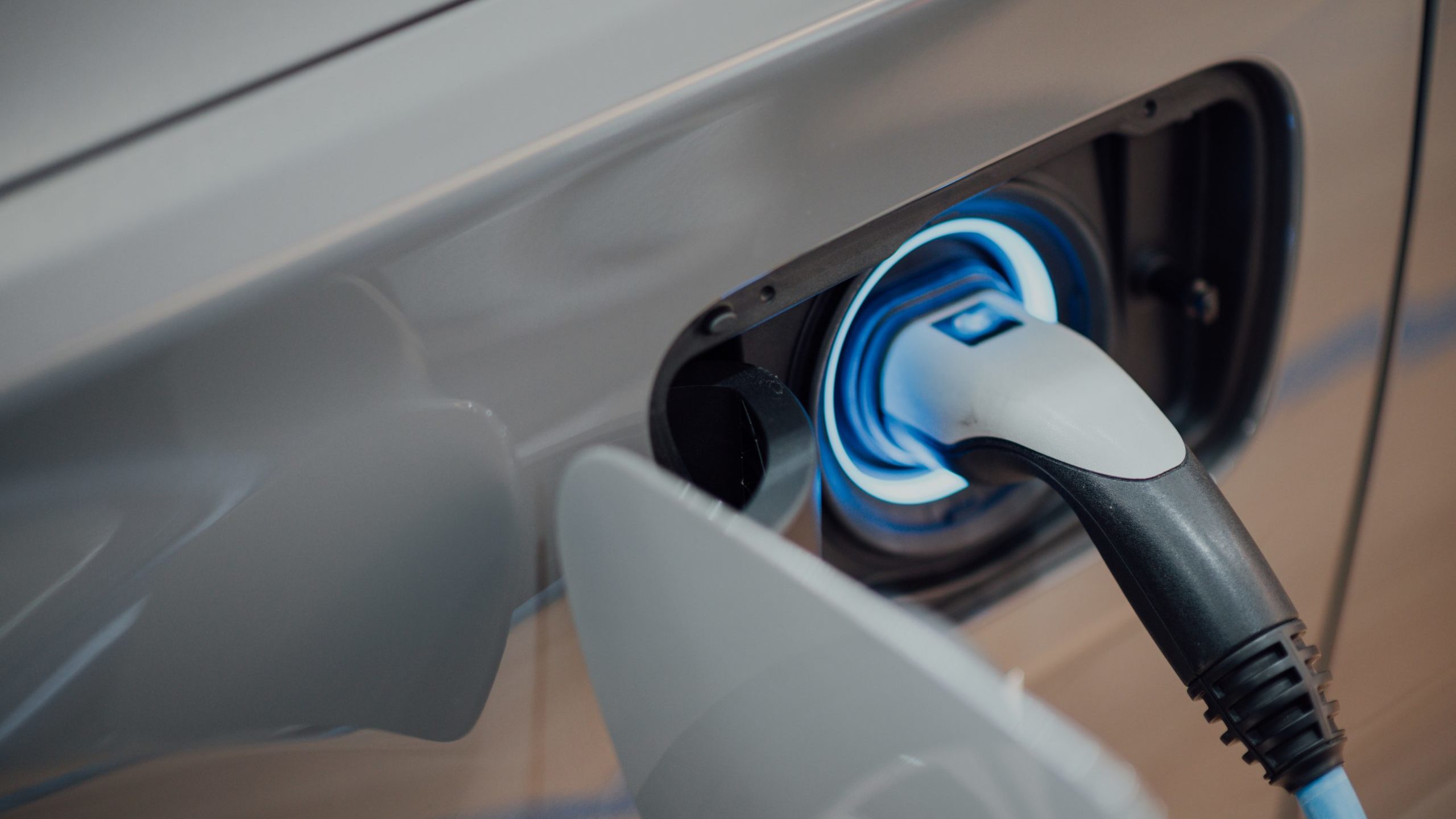Not all Electric Vehicles are created equal
Electric vehicles are slowly but surely being established as the future of ground transportation. Aside from long-standing automotive companies producing their own EVs, there are more than 1,500 EV startups [1] working to improve the technology or design their own models. As many say (as seen in our previous series), the future is (indeed) electric. From the consumers’ perspective, the overwhelming number of options might create a paradox of choice when purchasing a new vehicle. Aside from ownership cost, quality and range, two crucial considerations are environmental and human sustainability.
Electric vehicles are generally more eco-friendly than their gas counterparts, but with varying shades of green. Since EV-related carbon dioxide emissions are from manufacturing, it can be challenging to compare different EVs. Thankfully, the American Council for an Energy Efficient Economy (ACEEE), a nonprofit research organization has done the hard work and issues every year a GreenerCars rating that ranks the eco-friendliness of various vehicles. ACEEE’s Green Score takes multiple factors into account, including impact of disposal and recycling, emissions associated with manufacturing as well as electricity production, etc. According to ACEEE’s ratings, the greenest vehicle for 2021 is the Hyundai Ioniq Electric EV and MINI Cooper SE Hardtop (Green Score: 70), followed by Toyota Prius Prime PHEV (68) [2]. This green score keeps manufacturers accountable and helps the eco-conscious consumers make an informed decision.
When we talk sustainability, we often focus on the environment and neglect the human pillar. In the context of electric vehicles, human sustainability, meaning safety, is of the utmost importance. Multiple EVs are excelling in this department and have technology-based safety features to prevent accidents. While many of these features protect drivers, the safety of unprotected pedestrians is equally important. Some recently revealed EVs are unfortunately literal safety hazards. Take the Hummer EV or the Ford F-150 Electric for instance, they both have boxy and large frontends which are more likely to kill pedestrians in the event of an accident. To their credit, they have sensors to “increase visibility” but this is certainly not as effective as trimming on size. Some may argue that pickup trucks are utilitarian and must be heavier, but Canoo’s latest model proves otherwise. The 2023 pickup truck from the California-based startup has a compact design with no frontend that maximizes functionality and visibility.

As mentioned by TreeHugger [3], EVs don’t need to replicate the conventional design of a combustion engine vehicle. On one hand, compact EVs are safer for pedestrians; on the other, they are more energy efficient. Circling back to the environmental sustainability aspect, it is no surprise that none of the heavy pickup trucks made it to ACEEE’s list of greenest cars. Electric vehicles are a great alternative to gasoline powered ones, but are certainly not created equal.
Written by Kelly Jean, Class of 2021
Photo credits: CHUTTERSNAP on Unsplash, Hummer, Canoo

